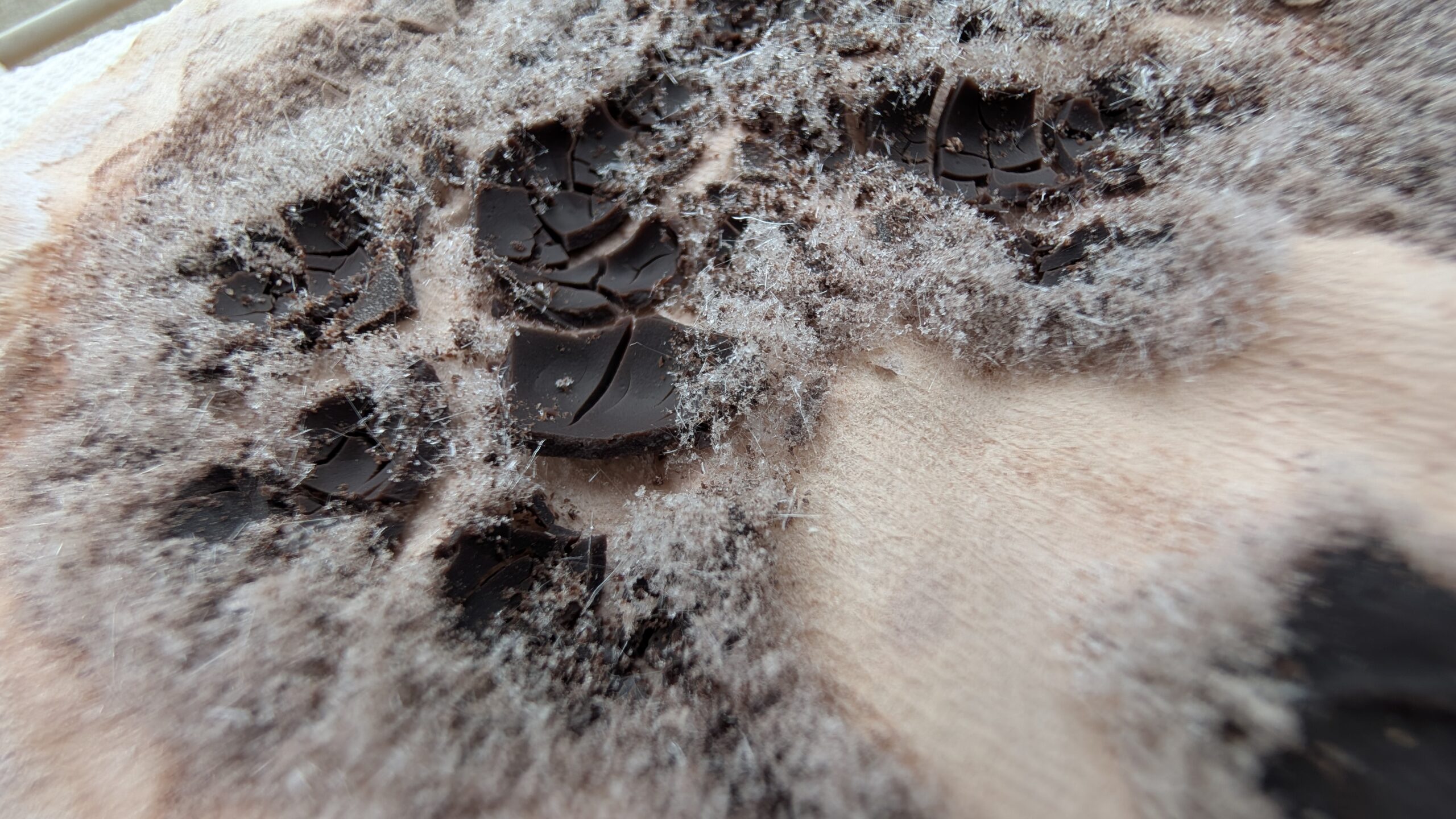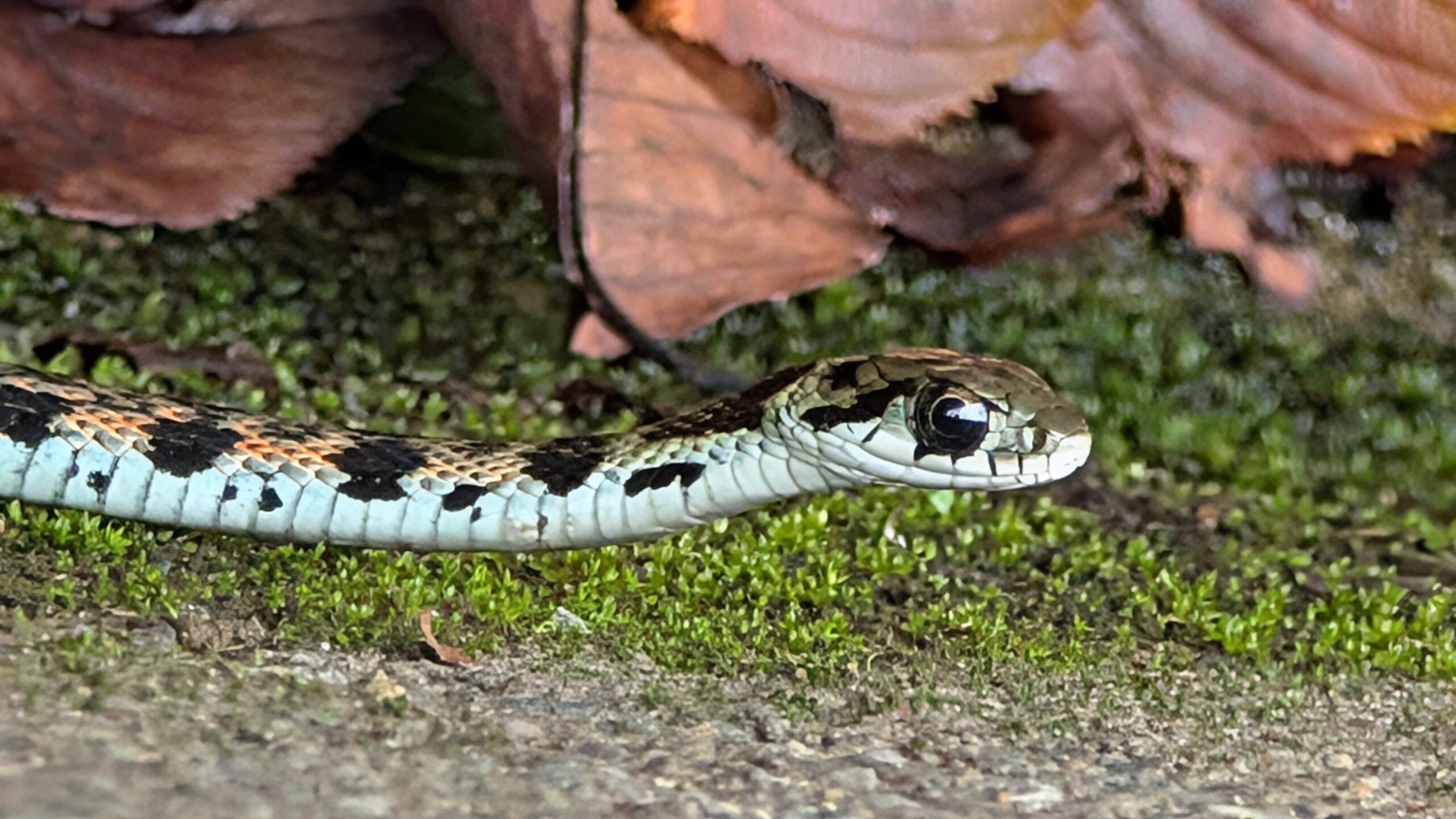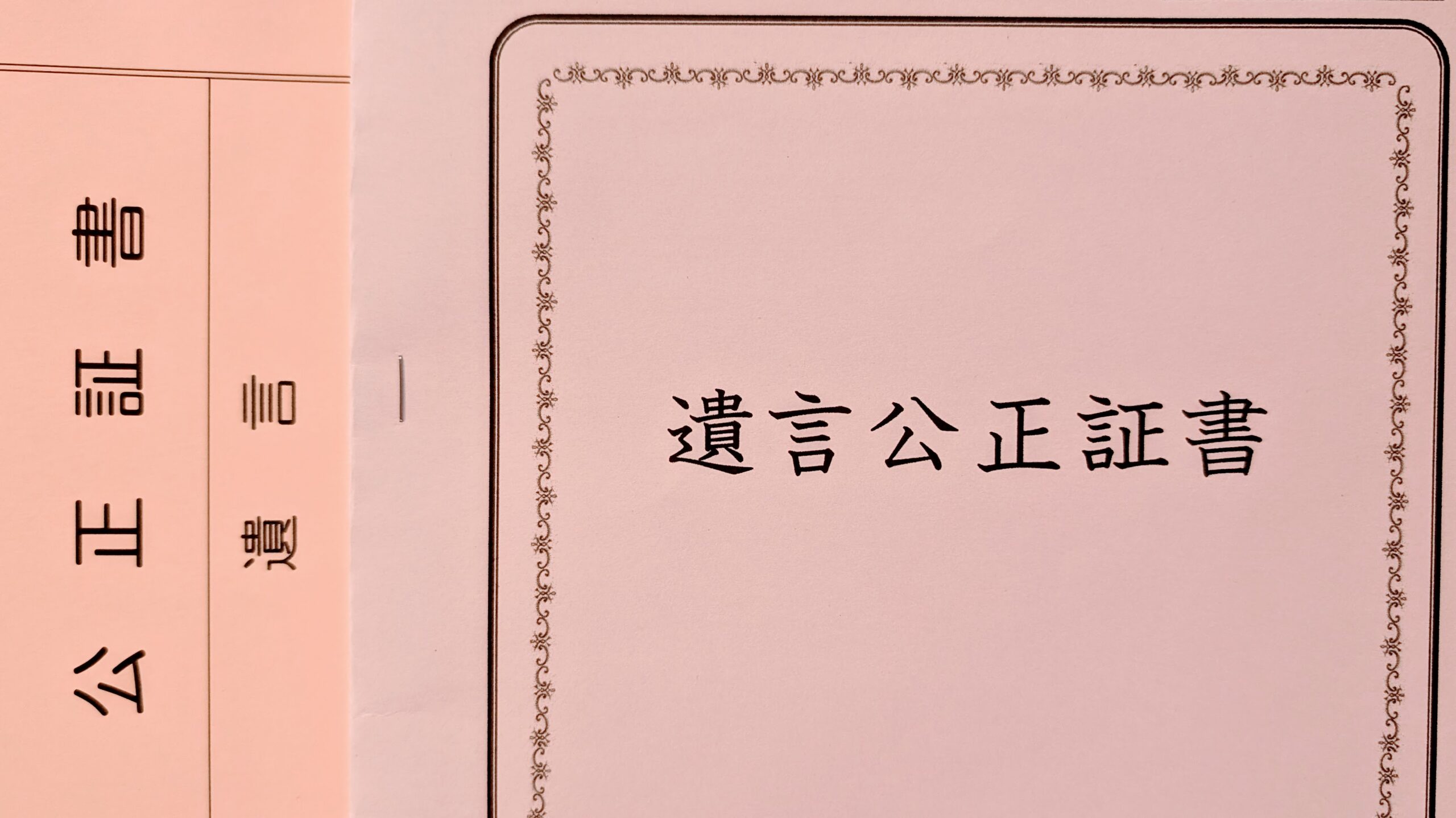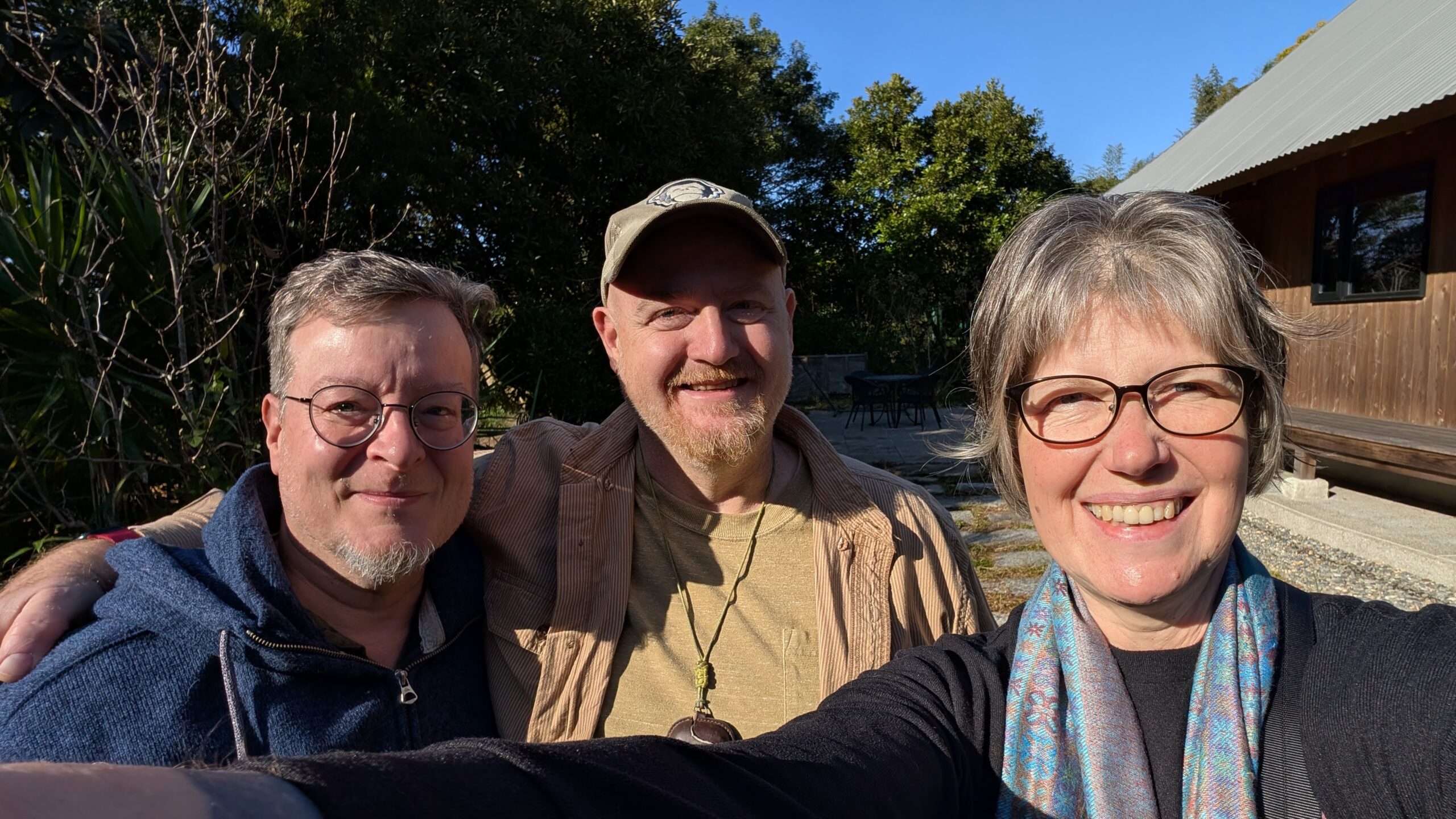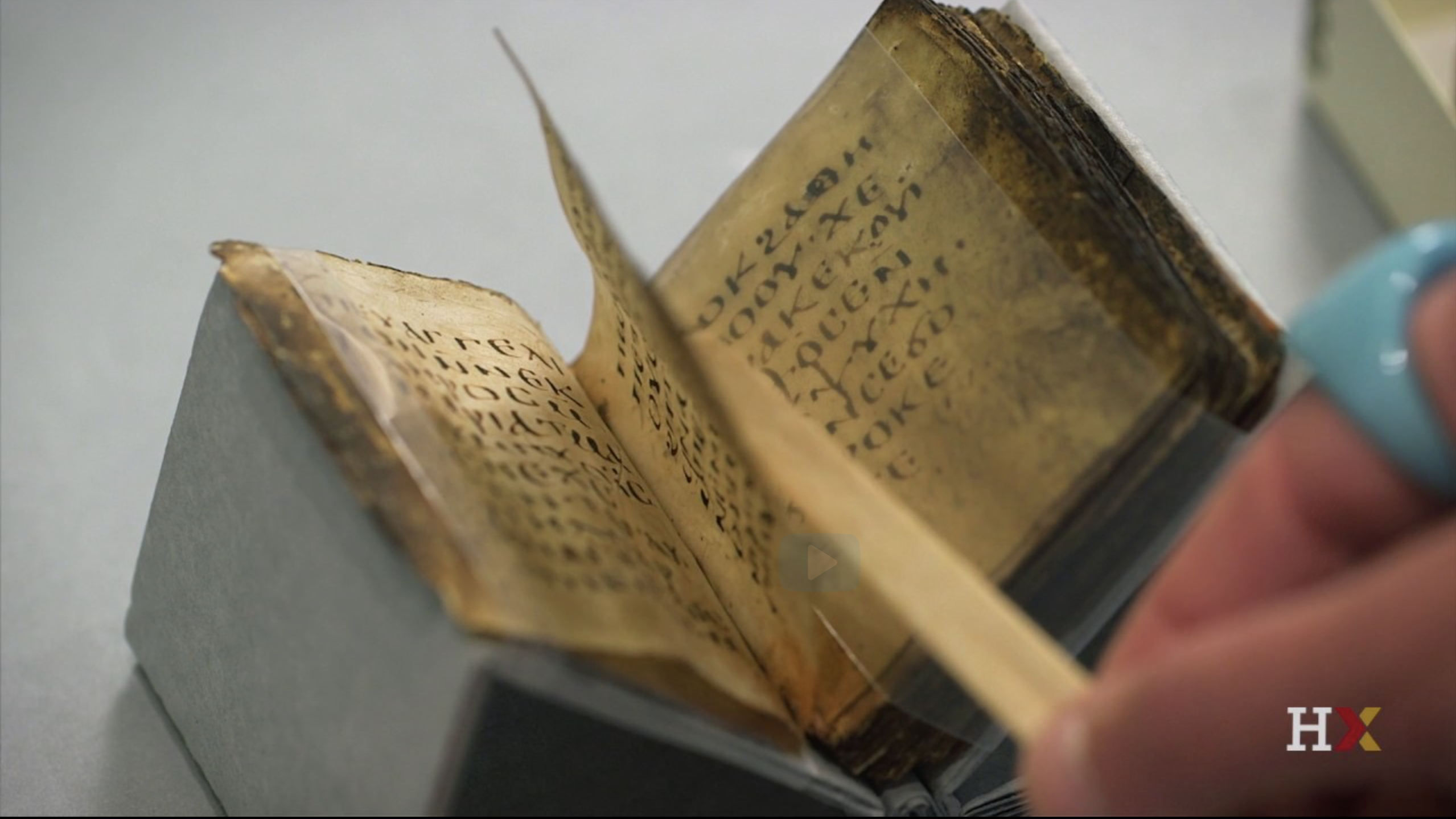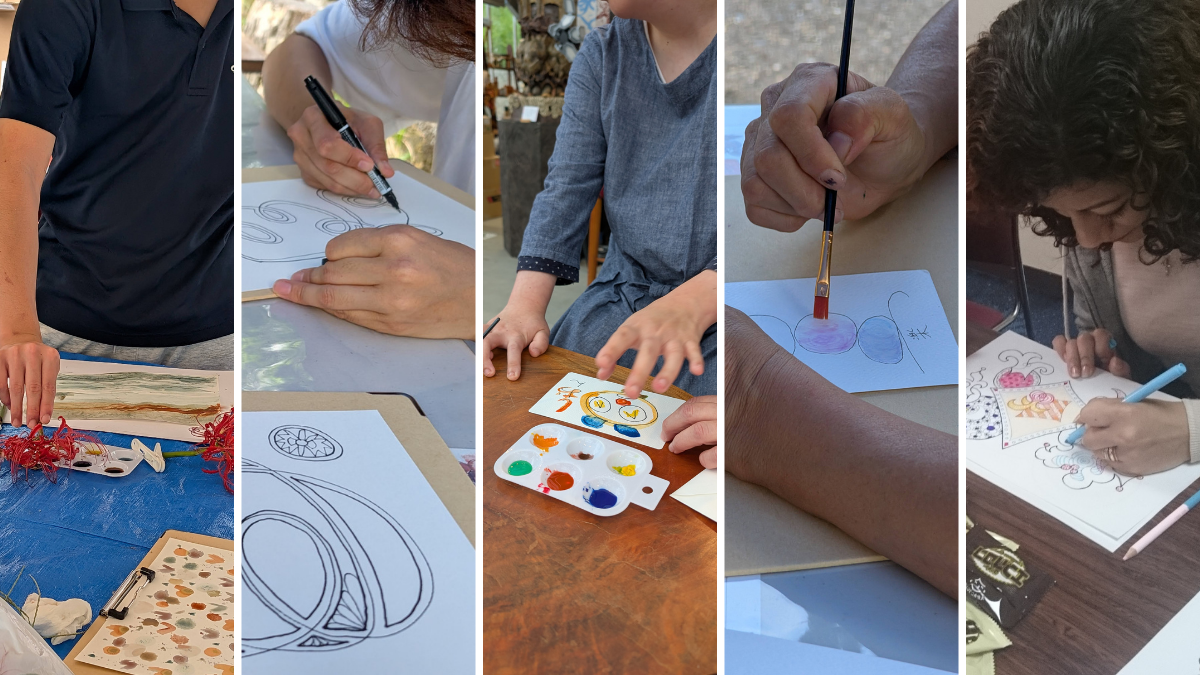I was all excited to make a lake pigment with some iron-modified cypress (hinoki) dye I boiled up last week. It was a dark grey and the paper I made with the color is gorgeous.
But when stabilising the pigment for paint, I messed up. I didn’t warm the water for the alum, so my solution was not completely saturated. And I was tired and lazy and so I guesstimated the ratio of soda ash for the precipitation. It looked okay, foamed up and started to settle, but I guessed wildly wrong.


Because as the precipitate dried on its filter papers, it formed a crust of spiky white crystals. That is definitely not right.
But I don’t have a good reference on lake-making, just a handful of recipes. None of them discuss what to do when something unexpected happens. Because if you follow a recipe, nothing bad every happens…
So I asked ChatGPT for some help. First of all, what were the crystals, given what I had been working with? And secondly, what to do to correct the problem? I got practical and actionable answers!
Confirm the Identity of the White Crust
Before making adjustments, let’s run a couple of simple tests:
A. Solubility Test
- Take a small amount of the white crust and place it in a glass or ceramic dish.
- Add a few drops of distilled water and stir.
- If it dissolves easily → It’s likely sodium sulfate or aluminum sulfate (which can be washed out).
- If it does not dissolve easily → It could be something else, like calcium carbonate.
B. Acid Reaction Test
- Take another small sample of the white material.
- Add a drop of white vinegar (acetic acid) or lemon juice.
- If it fizzes → There’s likely a carbonate (soda ash residue or calcium carbonate).
- If no reaction occurs → It’s more likely to be a sulfate (sodium sulfate, aluminum sulfate).
My tests showed easy dissolving in water and no fizzing in acid, so my crystals are probably too much aluminum sulfate (alum). And where what I needed to do

Fixing the Lake Pigment
Depending on the results, take the following corrective actions:
A. If the White Crust Dissolves in Water (Sulfate Residue): Wash the lake pigment thoroughly to remove excess soluble salts.
How to Wash the Pigment:
- Put the pigment in a jar and add distilled water.
- Stir well and let the pigment settle for several hours.
- Carefully pour off the clear liquid without disturbing the settled pigment.
- Repeat this washing process 2-3 times to remove excess salts.
B. If the White Crust Fizzes with Acid (Carbonate Residue): Neutralize excess soda ash to stabilize the pigment.
How to Adjust pH:
- Check the pH: If the lake pigment is still wet, use pH test strips or a pH meter to test the water.
- Lower the pH if needed: If the pH is above 8, add a few drops of a weak acid (vinegar or dilute citric acid) and stir. This helps remove excess carbonate that might be interfering with the pigment.
- Wash the pigment as described in Step A to remove any remaining salts.
Final Check
If the white crust does not reappear after washing and drying, the issue was likely soluble salts.
If it still appears, there may be an underlying reaction happening—such as excess alum or a reaction with the iron mordant. In that case, adjusting the precipitation process (e.g., adding soda ash more gradually or ensuring the pH is balanced) may help.
So maybe by the end of the week, after washing, filtering and drying again, I will have hinoki-iron pigment to work with.
